|
David Michael Kennedy is a truly fine 3hotographer using his Pentax 67 to capture the essence of his subjects - subjects that range from the vast expanses of the Southwest and local people to world famous entertainers.
Kennedy has been a photographer for over 20 years and is best known for his celebrity portraits whose strength and photographic excellence make them memorable. Typical of most of his work, the portraits cross the line from outstanding commercial work to fine art. And its not just his portraits of stars that shine, all his work has an edge, an emotional quality that pulls the viewer into the photograph and leaves a lasting impression.
Kennedy doesn't draw a line between his personnel and commercial photography but brings a passion and intelligence to both that result in photographic fine art. This passion has also made him a very successful photog¬rapher with an impressive portfolio.
You've probably seen Kennedy's work, noted and remembered the images without knowing who the photographer was. Many of his portraits and other commercial work have appeared in magazines like Rolling Stone, Time, Penthouse, New York, Omni and Spin. His album covers for CBS Records and various other labels have included Bob Dylan, julian Lennon, Charlie Daniels, Bruce Springsteen, Isaac Stern, Muddy Waters and Willie Nelson. His commercial accounts include Crest Toothpaste, Gaines Puppy Chow, CBS News, Chemical Banks, the National Guard, Agfa Paper and NATO.
New York to New Mexico
In 1987 Kennedy has moved from the highly commercial fast paced world of New York to a slightly more relaxed Cerrillos, New Mexico. After 18 years as a New York pro, Kennedy went to New Mexico on vacation and stayed. He lives in a 100-year-old adobe home in Cerrillos, which is a former mining town south of Santa Fe. While still doing commercial assignments for some of his fa¬vorite clients, he devotes most of his time to personal photography. He is becoming well known for his exquisite palladium fine art prints of Southwestern subjects.
Palladium
Kennedy began creating palladium prints while still in New York. "I started working with palladium out of boredom," he says. "The silver printing process is so straight for¬ward and my negatives were of such good quality that the only challenge in printing was to keep the negatives and prints spotless. It was too easy. So I stared looking at other processes."
He continues, "I've always been interested in old photographs and techniques. I enjoy modern images but am still drawn to the old. Palladium seemed I ike a perfect fit. It is a great challenge. While the basic process is straight forward, it has built-in gremlins. Even a slight change in humidity can throw everything off." While preparing prints for an upcoming show at the Andrew Smith Gallery, Kennedy discovered a new set of gremlins. Suddenly black spots started appearing on his prints. It took two weeks to get rid of them.
"Palladium keeps you on your toes and is constantly challenging. Plus, the result beats silver prints in quality, texture, subtlety, and tones. Current silver papers don't seem to have the guts or feel of older silver papers. And, palladium offers an endless variety of creative possibilities. By minute changes in the chemistry, temperature or developer you can change the contrast, tone, color, texture or grain of the final print. I also like the effect of the rough edges from brushing the emulsion onto the paper. Most importantly, the quality of the final image is fantastic."
Palladium requires contact printing. The paper is very slow and requires long expo¬sures using ultra violet (UV) light. Originally photographers used sunlight. For small prints, directly from a small negative, Kennedy will use the sun. For larger prints, he first makes an enlarged duplicate negative and then uses UV lamps for the exposure. A vacuum press is required for 8x10 prints and larger.
Kennedy's chemistry is sup¬plied by Bostick & Sullivan in California. Herecommendsthem, "While there are three or four suppliers, I've found them to be the best. They are a husband and wife team that provides the high¬est quality materials for both platinum and palladium. They work at building a relationship with their customers. They even have an evening hot line for questions and problems."
Pentax 67
Seventeen years ago, while still in New York, Kennedy had gotten and used a Pentax 67 for his com¬mercial work. Heexplains, "I liked the 67 and got very good results. But, it just didn't work for the photography I was doing at that time. Plus, I was shooting lots of album covers and really needed a square format rather than the rectangle the 67 delivered." The result? He sold his Pentax 67 and used other cameras for his commercial work.
Then, he moved to New Mexico and started doing landscapes and portraits of local people. He needed a larger format. "I needed better negative quality. Palladium requires contact printing. With larger negatives I could make enlarged duplicate negatives and still bold my print quality."
"I went out and bought an 11 "x14" view camera and 16 holders." He continues, "It took three trunks and a truck to haul it. But I figured that with such big negatives I should get great prints."
In theory, the 11"x14" camera should work fine and deliver the quality Kennedy wanted. However, there were a few problems: size, bulk and time. He explains, "The 11x14 was too much. It got ridiculous. I'd see a landscape I wanted, start unloading and by the time I had everything setup, the sun was going down. I had to do some¬thing!"
Kennedy considered switching to a 4"x 5" system. While smaller, it still required lots of time to setup and also required too many suitcases to hold the camera, lenses and film holders. He felt that by using so much time to setup the view camera and tripod he lost all sense of spontaneity. The other problem was that he did not feel that the amount of work required for the view camera paid off in improved quality. In film tests comparing 4x5 to 2-1/4, he found that he could not tell the difference in 16x20 prints.
He started looking for an alternative. "I wanted big negative quality, resolution and detail without the hassle of a big negative camera. I remembered the Pentax 67.1 had I iked the feel of the camera and was impressed by the results. I knew I could blow the negatives up to 16x20 or even 20x24 without losing qual¬ity."
Kennedy bought another Pentax 67 and three lenses, the 55mm, 105mm and 300mm. And what does he say about them?
"I love the 67. It is easy to shot with. I just grab it and shoot. Plus, it delivers fantastic quality. The lenses are excellent... about the best available. They are so sharp I can go to 20x24 without affecting the print quality or resolution. Also, the camera is so well bal¬anced and designed that it easy to hold at slow shutter speeds. With the 55mm or 105mm lenses, I can hand hold it down to about 1 /8th second."
Commercial Vs. Fine Art
Many of Kennedy's commercial images are the same images he is now displaying in galleries. While some photographers feel that a photograph must be either commercial or fine art, Kennedy does not. "Luckily," he says, "I never drew a distinction between my per¬sonal work and my professional work. When showing my portfolio, I showed the work that I liked and enjoyed doing. asa result, the jobs I got were doing the same sort of work that I liked. I set the same goals for both commercial and fine art photography — to capture the essence of the subject — to show who they are. Whether you're working with a person or landscape, you're still photographing charac¬ter. You're still working with emotion and lines."
Kennedy's passion for excellance ties his work together and assures the high quality of his images. Images we are proud to present for your enjoyment. 0
The Andrew Smith Gallery in Santa Fe, New Mexico is presenting the work of four photographers, including David Michael Kennedy, in a show titled: Photographs of the West Recent Work. The show opens Novem¬ber 29, 1991 and runs through February 5, 1 992. If you are in the area, you should take a look at this excellent work.
You can see and buy the fine photographs of David Kennedy at: 'Andrew Smith Gallery in Santa Fe, New Mexico • Madrid Supply Company in Madrid, New Mexico • Howard Greenberg Gallery in New York, New York.
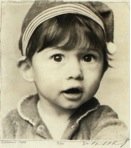
Jesse
For additional information on Palladium and other non-silver processes, contact: Bostick & Sullivan Box 2155
VanNuys, CA 91404 818-785-4130
|
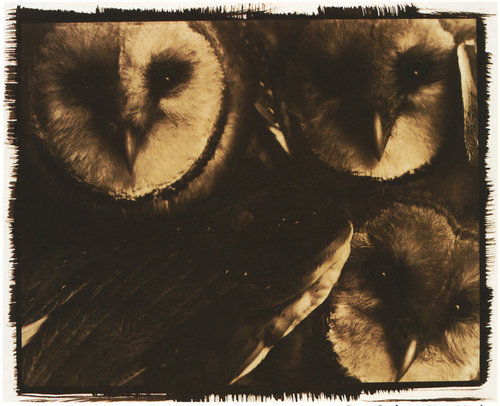
Barn Owls #1
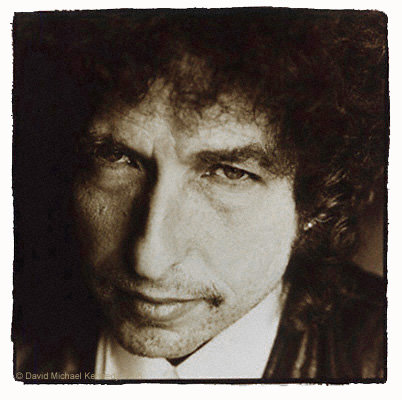
Bob Dylan
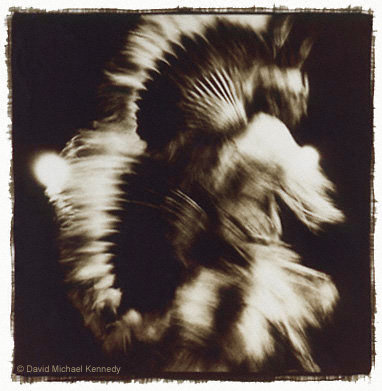
Fancy Dancer#1
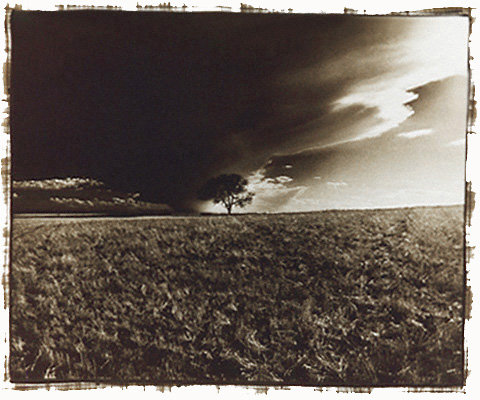
Pine Ridge #2
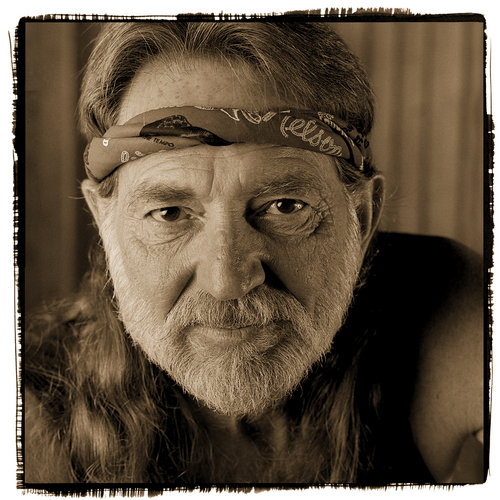
Willie Nelson
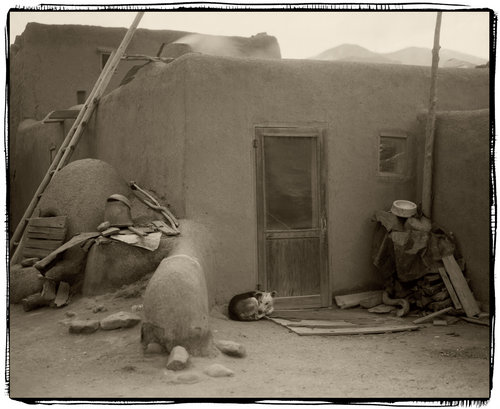
Taos Dog
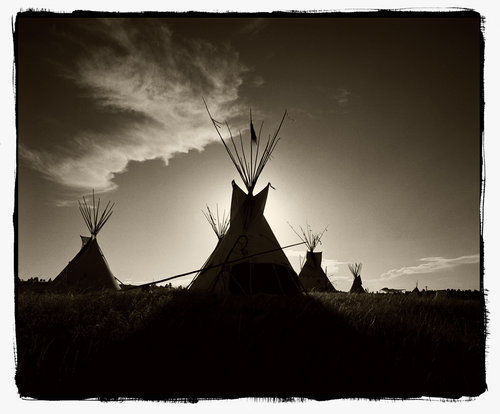
Encampment Porcupine South Dakota
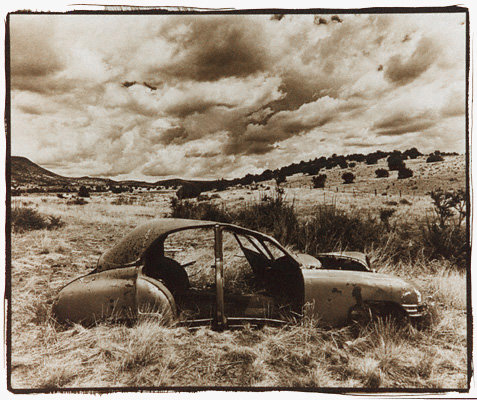
Car Horse Springs NM
|







